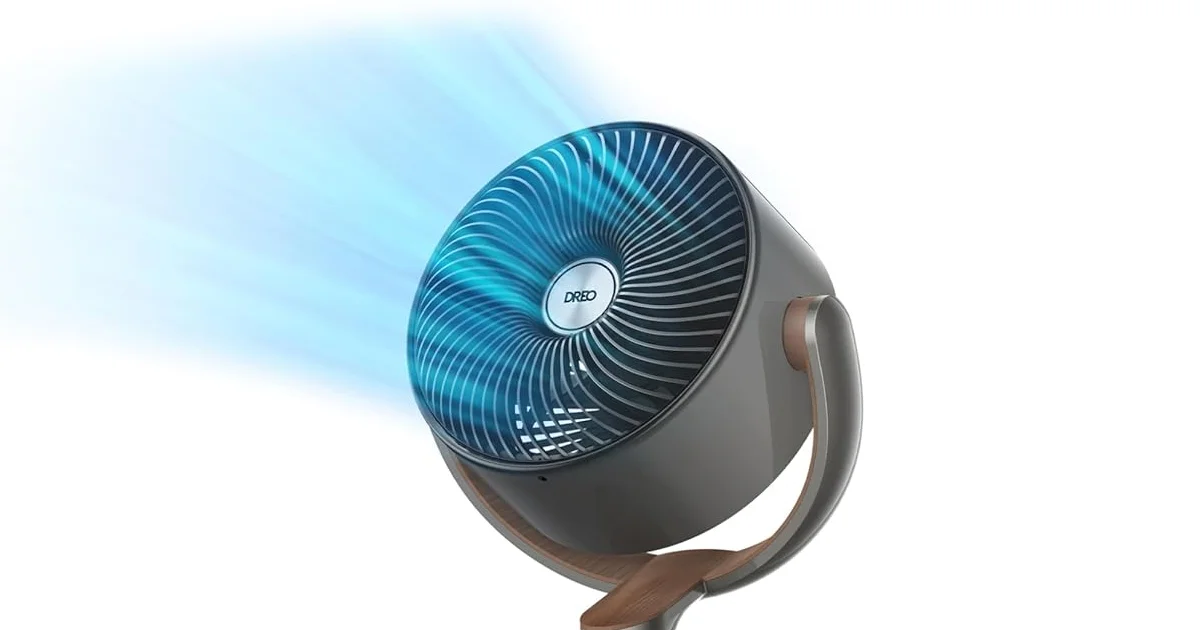Fans on Sale
Find your favorite fans, at the best prices, to solve every space and every circumstance. Refresca y Cuida Tu Piel!
Best Fans on Sale
Here you can find more Offers
5 Most important advantages of using a fan in the house
Energy Efficiency: Are a more energy-conscious choice compared to air conditioners. Unlike air conditioners that require substantial amounts of electricity to cool the air, operate by moving air around your body, creating a cooling effect. This method uses significantly less electricity, making fans a more sustainable option that can contribute to lower energy consumption and reduced utility bills.
Improved Air Circulation: Play a crucial role in enhancing air circulation throughout the house. They help distribute air more evenly, which can mitigate the problem of uneven heating and cooling. This improved air distribution is particularly beneficial in homes with hot or cold spots, as it ensures a more consistent and comfortable indoor climate.
Temperature Regulation: Are effective in helping to maintain a cooler indoor temperature, especially during the sweltering heat of summer. By expelling hot, humid air outside and drawing in cooler air from outside, fans can significantly lower the indoor temperature. This process not only enhances comfort but also reduces the reliance on air conditioning, further promoting energy efficiency.
Moisture Control: Particularly attic fans, are instrumental in reducing moisture buildup in your home. Excessive moisture can lead to the growth of mold and mildew, which pose health risks and can damage your property. By improving ventilation and expelling humid air, they help maintain a drier, healthier indoor environment.
Cost Savings: By improving ventilation and reducing reliance on air conditioning, fans can generate substantial savings on your energy bills. Their lower electricity consumption compared to air conditioners translates into lower energy costs, making them a cost-effective solution for managing indoor climate and keeping expenses under control.
FAQs
Unlike air conditioners that require substantial amounts of electricity to cool the air, fans work by moving air around the body, creating a cooling effect. This method uses significantly less electricity, thus making them a more sustainable option that can contribute to lower energy consumption and reduced utility bills.
Play a crucial role in enhancing air circulation throughout the house. They help distribute air more evenly, which can mitigate the problem of uneven heating and cooling. This improved air distribution is particularly beneficial in homes with hot or cold spots, as it ensures a more consistent and comfortable indoor climate.
Are effective in helping to maintain a cooler indoor temperature, especially during the sweltering heat of summer. By expelling hot, humid air outside and drawing in cooler air from outside, fans can significantly lower the indoor temperature. This process not only enhances comfort but also reduces the reliance on air conditioning, further promoting energy efficiency.
Particularly attic fans, are instrumental in reducing moisture buildup in your home. Excessive moisture can lead to the growth of mold and mildew, which pose health risks and can damage your property. By improving ventilation and expelling humid air, it help maintain a drier and healthier indoor environment.
By improving ventilation and reducing reliance on air conditioning, fans can generate substantial savings on your energy bills. Their lower electricity consumption compared to air conditioners translates into lower energy costs, making them a cost-effective solution for managing indoor climate and keeping expenses under control.




















